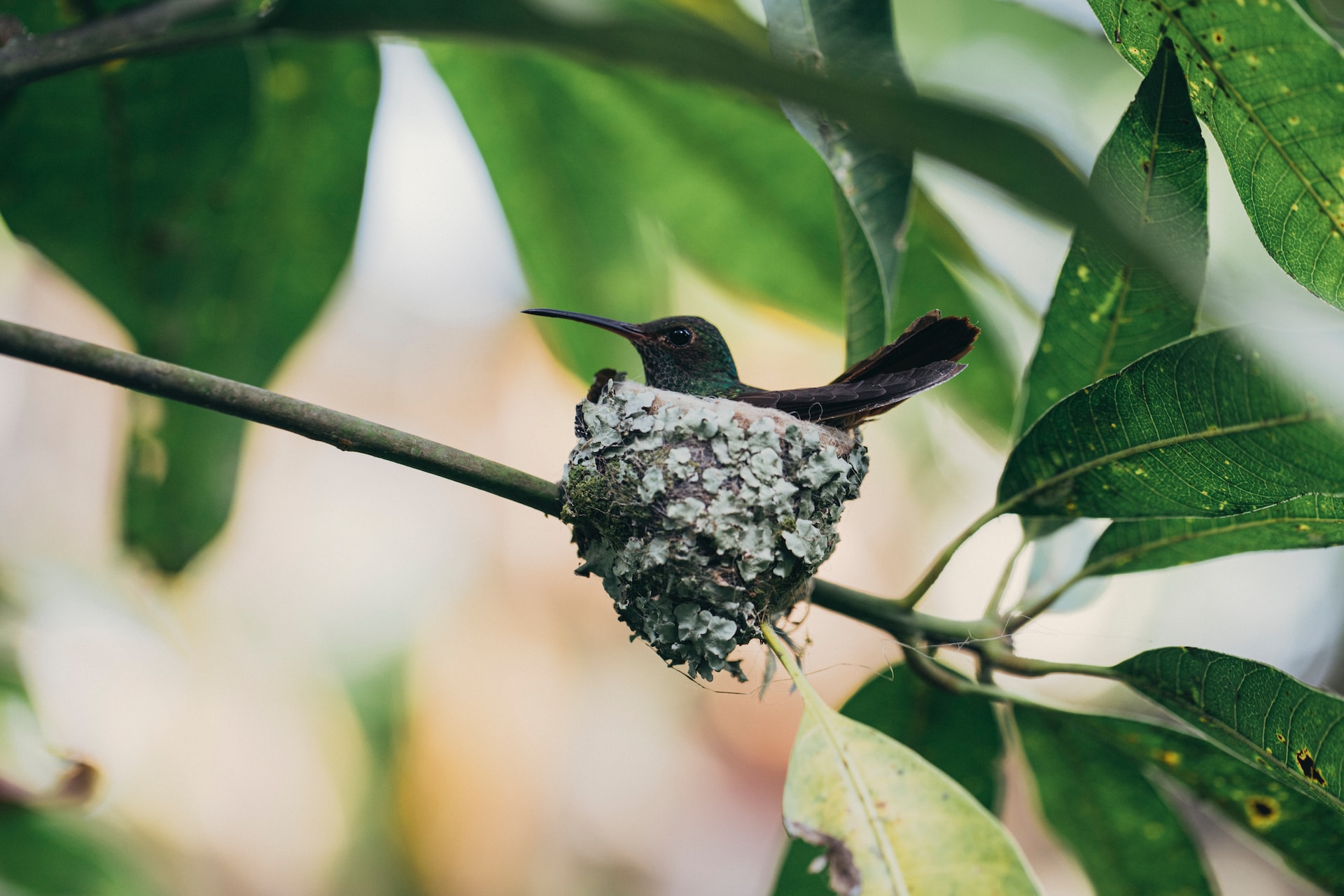Hummingbird Habitats: Diversity and Adaptability
Hummingbirds are marvels of adaptability. These tiny avian wonders demonstrate resilience and resourcefulness by thriving in a remarkable range of habitats – from the chill of Alaskan shores to the torrid tropics of South America. They’ve even found ways to survive and prosper in our urban landscapes, utilizing well-kept gardens and strategically placed bird-feeders.
Their habitats differ wildly in terms of temperature and altitudes. Some species are at home among dazzling snowy peaks of the Andes while others nest in lush, lowland tropical forests. Their habitat’s diversity paints a vivid picture of hummingbird adaptability. This proves that they’re not just surviving in different habitats; they’ve evolved to make these dissimilar environments their own.
Hummingbirds are versatile. Not all require endless open spaces. Many have become skilled at navigating human-altered landscapes such as suburban gardens or city parks. This has made them beloved by urban dwellers, adding a flash of natural wonder amid concrete jungles.
The Role of Nectar and the Right Flowers in Hummingbird Habitats
Nectar serves as a primary food source for hummingbirds. Their high energy lifestyles depend on this sweet sustenance. It fuels their rapid wingbeats and powers their acrobatic flight. Selecting the right flowers can turn any garden into a hummingbird hotspot.
Hummingbirds are particularly attracted to brightly colored blooms. Flowers such as bee balm, cardinal flowers, and salvia, can be particularly alluring. These provide copious nectar, which is crucial to hummingbirds’ high metabolism. Tuberous begonia and gladiolus are other favorites that are easy to cultivate.
By planting a variety of these flowers, homeowners can attract a hummingbird’s curious interest and create a buffet of nectar-rich options for these delightful visitors. Do note, they’re not exclusive to nectar; insects and spiders supplement their diets providing necessary proteins.
The Importance of Shelter, Safety, and Water for Hummingbird Habitats
Trees and dense foliage are vital for hummingbirds. They provide shelter and safety from predators and extremes of weather, and most importantly, they offer nesting sites. Nests are marvels of construction, tiny and hidden in the crook of a branch or a sheltered leafy oasis.
Water is another important resource. Shallow pools and raindrops clinging to leaves enable hummingbirds to bathe and preen. The creation of a bird-friendly water source, such as a misting garden ornament or a shallow fountain, can entice these delightful creatures.
Providing fresh water sources and creating safe and suitable nesting locations in one’s garden can significantly enhance the conservation efforts towards these amazing birds, especially in urban areas.
Migration, the Seasonal Journey of Hummingbirds
Migration is a mesmerizing spectacle of the hummingbirds’ lives. Consider the Ruby-throated Hummingbird, for instance. This species undertakes a daunting 500-mile journey across the Gulf of Mexico each autumn to escape the North American winter.
Emerging from hibernation as the chill of winter melts away, they embark on a return journey, chasing nectar-rich flowers northwards. Their drive to procreate pulls them back to their summer residences where food is plentiful and safe nesting sites are available.
This seasonal exodus beautifully showcases the hummingbird’s adaptability, endurance, and intrinsic connection to the rhythms of the natural world. So next time a hummingbird hovers at a flower, it’s not just a simple sip of nectar, but a testament to an epic journey, one that is crucial for their survival.
<small>Image source: https://unsplash.com/photos/black-and-white-bird-on-tree-branch-during-daytime-HQqsQ7c2SWo </small>

